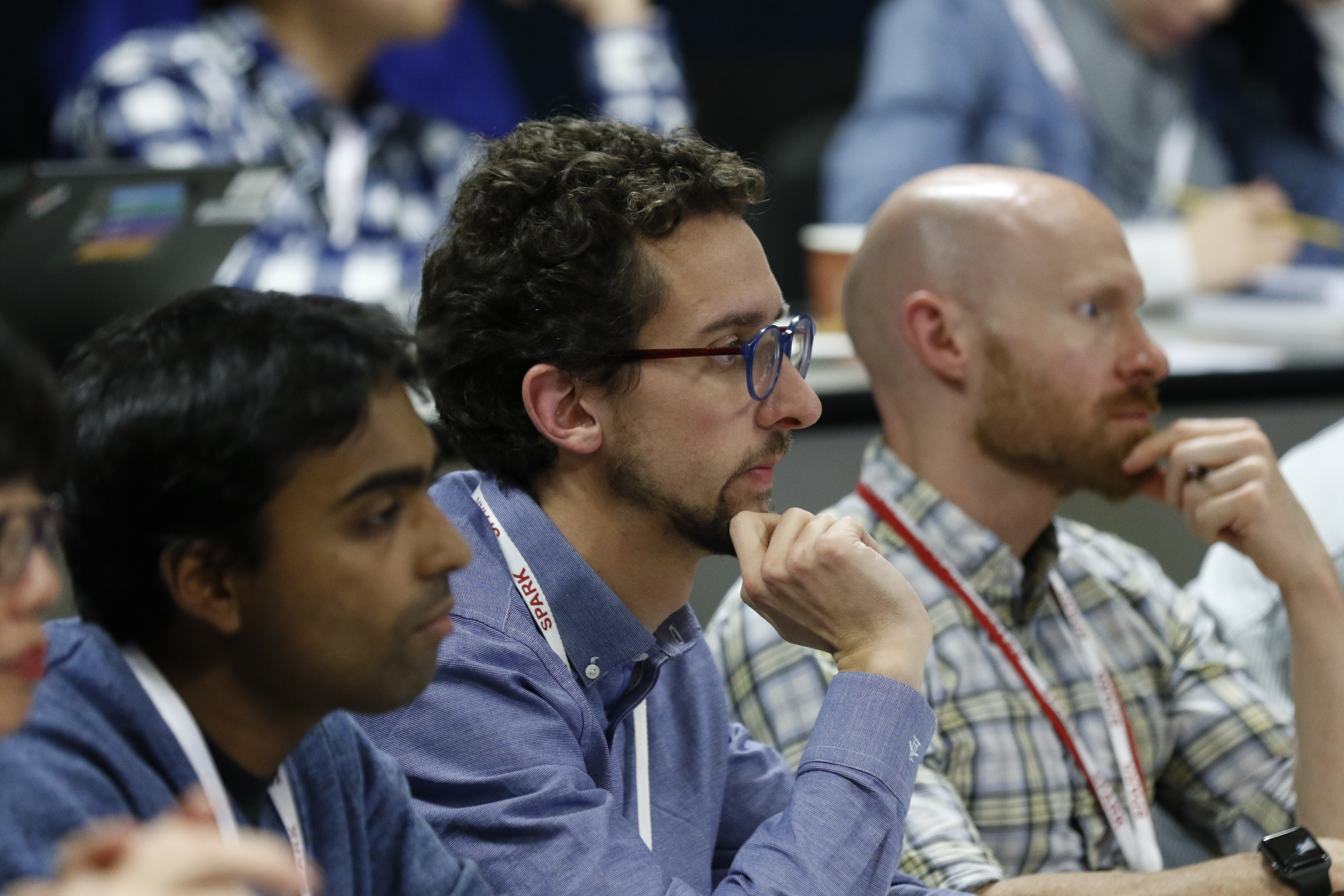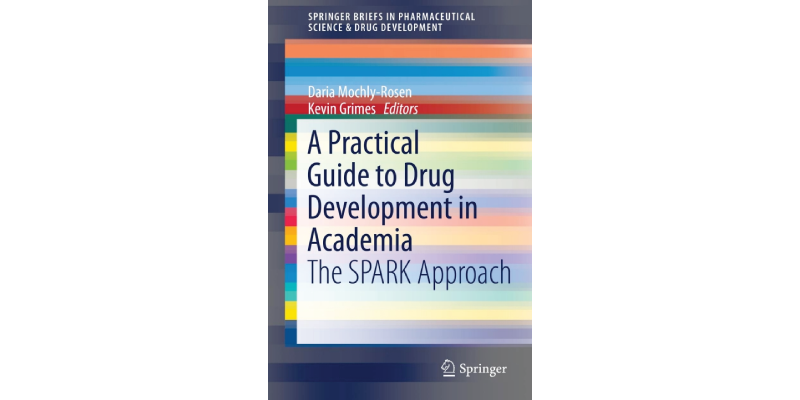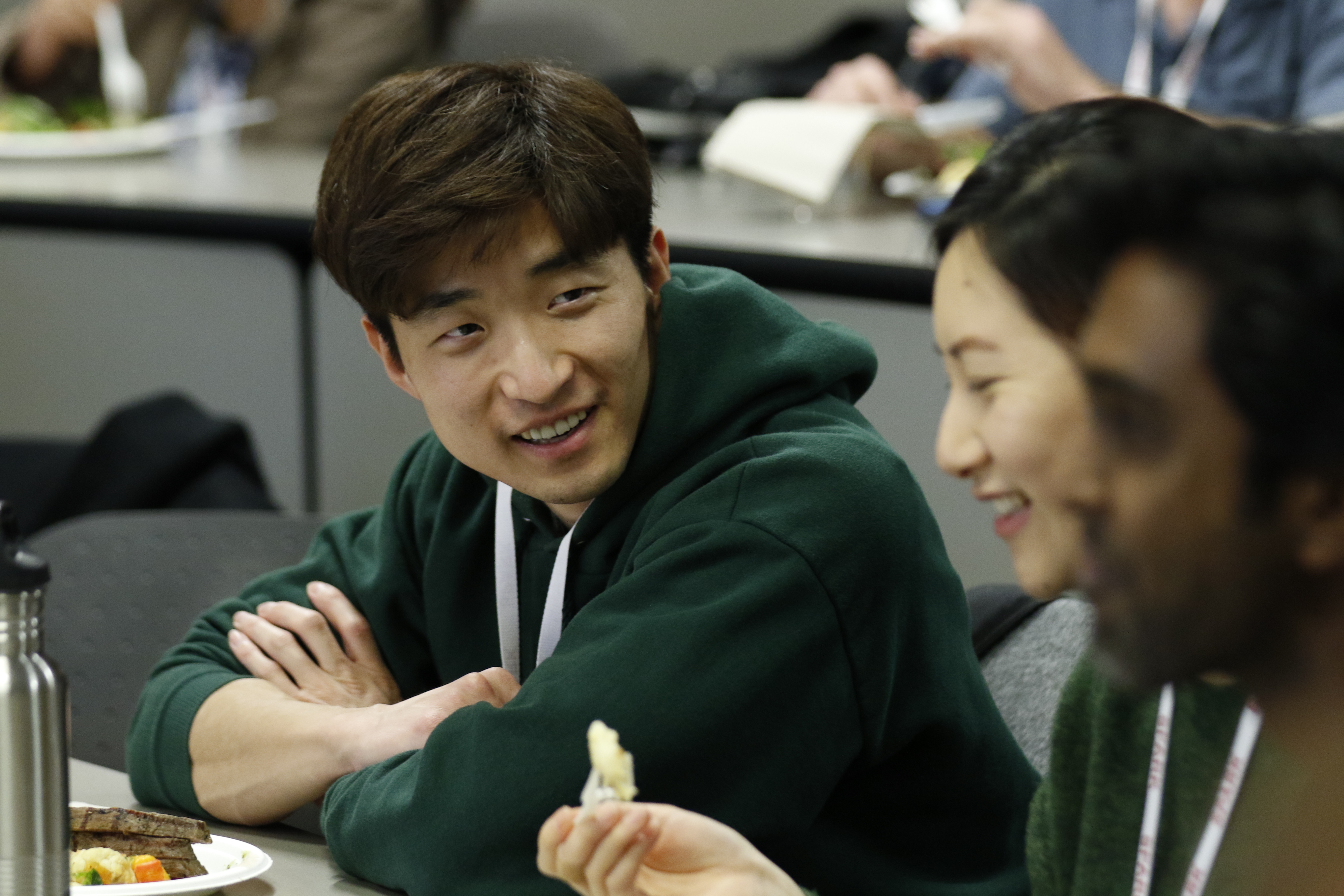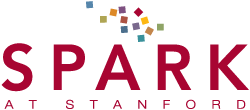SPARKee Resources
Templates for Clinical Trial protocol development
(with kind permission of Dr. Oyebimpe Adesina)
SPARK Project Selection Process

Grants for SPARK support the development of novel therapeutics (e.g., small molecules, peptides, biologics, nucleic acid therapies, vaccines, gene therapies, stem cells, etc.) and diagnostics for unmet medical needs.
Project proposals are reviewed annually by an expert panel of faculty and industry advisors. The panel reviews new, unlicensed disclosures made to the University Office of Technology Licensing, as well as proposals submitted from across the university. SPARK Scholars (AKA “SPARKees”) are funded for an average of two years and participate in weekly seminars with industry and academic experts.
Eligibility
SPARK accepts product proposals for any clinical indication from any Stanford affiliate. This includes professors, clinicians, postdoctoral scholars, and graduate students.
The proposed therapy or diagnostic must:
- Address an unmet need
- Utilize a novel approach
- Have the potential to advance to clinic or commercialization with two years of funding
SPARK takes a special interest in projects for global health, pediatrics, rare orphan diseases and other therapeutic areas that have been traditionally neglected by the for-profit sector.
Applying for a Grant
SPARK project grants are open to Stanford faculty with PI eligibility (with UTL, MCL, NTLR faculty appointments.) Clinical Educator (CE) faculty, clinical instructors, instructors, graduate students and post-doctoral scholars (clinical and non-clinical) are required to include a PI-eligible faculty member as co-PI on the application.
Amount and Period of Funding
Typical grants range between $25,000 and $75,000 per year, depending on the specific program and the individual proposal. As a condition of funding, at least one member of each project team receiving a SPARK Pilot Grant must actively participate in weekly seminars (held Wednesday evenings from 5:30-7:30 pm) and present quarterly project updates. Funds must be applied to tasks that advance the technology toward the clinic and must be in compliance with SPARK’s funding guidelines.
Proposal Deadlines
Proposal deadline for 2022: September 30th, 6pm (PST)
online application >>
Acknowledgements
In all communications, including publications, presentations, newsletters, and abstracts about research supported by SPARK and the following funding agencies, use these sentences in the acknowledgement.
- SPARK: “Mentored and financially supported by Stanford’s SPARK Translational Research Program”
- Stanford Maternal and Child Health Research Institute (MCHRI): research supported by the Stanford MCHRI award should include an acknowledgement of MCHRI support using the funding acknowledgement guidelines.
-
- Awards that are granted through one of MCHRI funded partners should include acknowledgement to the entity and MCHRI. For example: This project/publication was supported by the Stanford Maternal and Child Health Research Institute through Stanford’s SPARK Translational Research Program.
-
- Stanford CTSA-Spectrum: Grantees will acknowledge the research support of the Spectrum Clinical and Translational Science Award. Suggested text is: “This work was supported by the Stanford Clinical and Translational Science Award (CTSA) to Spectrum (UL1TR003142). The CTSA program is led by the National Center for Advancing Translational Sciences (NCATS) at the National Institutes of Health (NIH). The content is solely the responsibility of the authors and does not necessarily represent the official views of the NIH.”
- BioX: This research was financially supported by Stanford Bio-X or partially supported by Stanford Bio-X. (depending on the case).
The SPARK Manual

SPARK: A Practical Guide to Drug Development in Academia
In 2014, co-founders Daria Mochly-Rosen and Kevin Grimes worked with SPARK advisors to write a book for novices who embark on this amazing path of translating basic research or clinical findings into new therapeutics to benefit patients. This book is not a complete guide to what needs to be done, but provides a general overview of the important topics in the development process.
Read before you begin your translational effort to better understand the path ahead!
Praise for SPARK: A Practical Guide
“…required reading for any scientists in academia who plan to engage in translation of discoveries into the clinic.”
“Academia and industry need each other. Industrial research thrives by keeping a close eye on the pioneering work that the best academic research centers generate. And those academic labs, if they’re ever going to translate such discoveries into new drugs, need the experience, specialization and resilience of the best industrial organizations. Watching the two groups argue with each other, then, is like watching a fight between a car’s engine and its wheels. The industrial drug researchers who have gone into academia over the last 10 or 15 years are one factor helping to bring the two groups together. This book (and the efforts that led to it) could be another.”
Stanford faculty, student, or staff can access the SPARK Manual e-book through Lane Library (SUNet login required). To access:
- Go to the Lane Library website
- Search for “Practical Guide to Drug Development in Academia” in Lane Search box.
- Select top link for Springer book (will prompt for SUNet login as authentication)
- You now have access to the book.
Or: Buy the SPARK manual! Now available in English, Chinese, Japanese, and Korean!
This material is for educational purposes only and not for use in a for-profit setting. Please note that neither the editors nor the SPARK at Stanford program receive proceeds from book sales.
The SPARK Course

Stanford graduate students and postdoctoral fellows interested in learning more about drug discovery and development can enroll in CSB 240 A/B: A Practical Approach to Drug Discovery and Development. In this project-based course, teams of students develop their own drug discovery proposals over the course of the quarter. At the end, they pitch their to industry advisors and, if successful, can proceed to develop their projects through SPARK. Topics include high throughput assay development, compound screening, lead optimization, protecting intellectual property, toxicology testing, regulatory issues, assessment of clinical need, defining the market, conducting clinical trials, project management, and commercialization issues, including approach to licensing and raising capital.
Additional Research Resources
- Translational Application Science Center
- Biomaterials & Advanced Drug Delivery Center
- Cell Sciences Imaging Facility
- Center for Neuroscience Research Cores
- Computational Services & Bioinformatics Facility
- Data Coordinating Center
- Fluorescence Activated Cell Sorting Facility
- Fly Facility
- Genetics Bioinformatics Service Center
- Gene Vector Virus Center
- Genetics Stem Cell Core
- Genome (Sequencing) Service Center
- Hematopathology Consult Services
- High Throughput Bioscience Center
- Human Immune Monitoring Center
- Otolaryngology Imaging Core
- Neuroscience Microscopy Service
- Protein & Nucleic Acid Facility
- Richard M. Lucas Center for Imaging
- Stanford Behavioral & Functional Neuroscience Laboratory
- Stanford Functional Genomics Facility
- Stanford Immunodiagnosis Service
- Stanford Magnetic Resonance Laboratory
- Stanford Murine Phenotyping Core
- Stanford Surgical Pathology Service
- Stanford Tissue Bank
- Stanford Transfusion Service
- Surgical Pathology Criteria
- Transgenic, Knockout & Tumor Model Center
- Transgenic Research Center
- Translational Applications Service Center
- Veterinary Service Center
